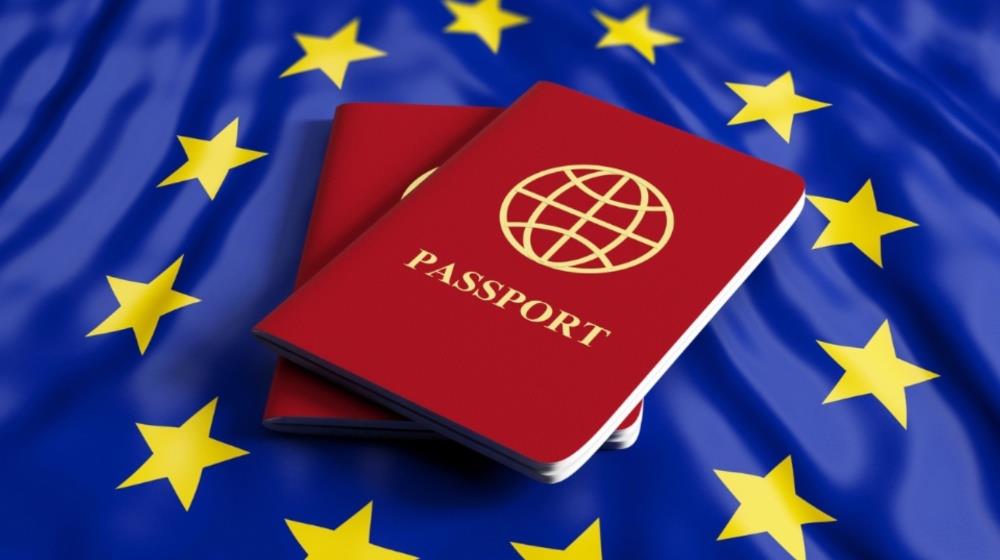The price of entry for millions of travelers to Europe just got more expensive.
Starting in late 2026, visitors from visa-exempt countries will pay nearly triple the current cost to get permission to enter the European Union, according to an official announcement on etias.com.
ETIAS fee climbs from €7 to €20
In a move to align with global travel standards and address rising operational costs, the European Commission has proposed raising the European Travel Information and Authorization System (ETIAS) fee from €7 to €20.
This adjustment, set to take effect once ETIAS becomes operational in late 2026, marks a significant shift for visa-exempt non-EU travelers entering the European Union (EU).
The fee applies to non-EU nationals from visa-free countries like the United States, the United Kingdom, Canada, Japan, and others.
While the EU claims that the increase brings ETIAS in line with other programs like the UK ETA and the U.S. ESTA, the jump has sparked debate among frequent travelers, tour operators, and travel rights groups.
Higher costs for a safer Europe
The ETIAS is part of a sweeping digital infrastructure meant to boost border security across the EU.
Before boarding a plane, ferry, or bus to any Schengen-zone country, eligible travelers must apply online. They’ll fill out a short form, listing personal details like full name, birth date, and passport number.
The system then screens each applicant for security, health, and migration risks.
According to the Commission, the €20 fee will help pay for new technical features, ongoing maintenance, and operational staffing.
These include upgraded automation, stronger encryption, and better coordination with other EU systems such as the Entry/Exit System (EES).
Who pays and who doesn’t
The new price won’t affect everyone. Children under 18, seniors over 70, and certain family members of EU citizens are exempt from the fee.
The exemption also covers non-EU nationals with free movement rights within the bloc, such as relatives of EU residents.
Still, most travelers will need to budget for the new cost. A family of four from the U.S., for example, would pay €60 total under the new rules, up from €21 today
Review period underway
Before the price hike becomes law, the Council and the European Parliament have two months to review the proposal. They may request changes or extend the review period.
However, barring delays, the new fee will take effect once ETIAS becomes fully operational, which is expected by the last quarter of 2026.
EU officials said that the delay gives member states time to coordinate implementation. In the meantime, the system remains in its testing phase.
Drawing parallels with UK, US systems
Travelers familiar with the U.S. ESTA or UK ETA programs might see the fee increase as inevitable. Both systems charge similar rates, currently around $21 for ESTA and £10 for ETA.
These programs also collect traveler information in advance to screen for potential threats.
By aligning with these systems, the EU aims to standardize how developed regions manage international mobility and protect borders. The fee hike also signals a shift toward traveler-funded border security.
Simple form, big data
The ETIAS application itself is straightforward, but what happens behind the scenes is anything but simple. Each submission gets screened against multiple EU databases, including Interpol, Europol, and the Schengen Information System.
If red flags appear—such as a stolen passport or a known criminal link—authorities can deny entry.
The process is fully digital and requires no trip to a consulate. Most applicants will get approved within minutes.
Once ETIAS launches in late 2026, it will affect over 1.4 billion travelers worldwide, according to EU estimates. This includes tourists, business visitors, and family travelers from more than 60 countries.
With its borderless travel policy inside the Schengen zone, the EU must balance openness with safety, and ETIAS sits at that intersection.
For now, travelers can still enter the EU without paying the higher fee. But once the system goes live, they’ll need to plan ahead and apply online, preferably days before their trip.
A new price for safer travels
As ETIAS prepares to launch in late 2026, the adjusted fee aims to balance security enhancements with streamlined entry for visa-exempt non-EU travelers.
With exemptions in place for minors, seniors, and certain family members, the EU positions the update as both practical and protective.
The true test, however, will come when the system goes live, ushering in a new era of digital border management across Europe.
(Image courtesy of Saklakova via iStock)









